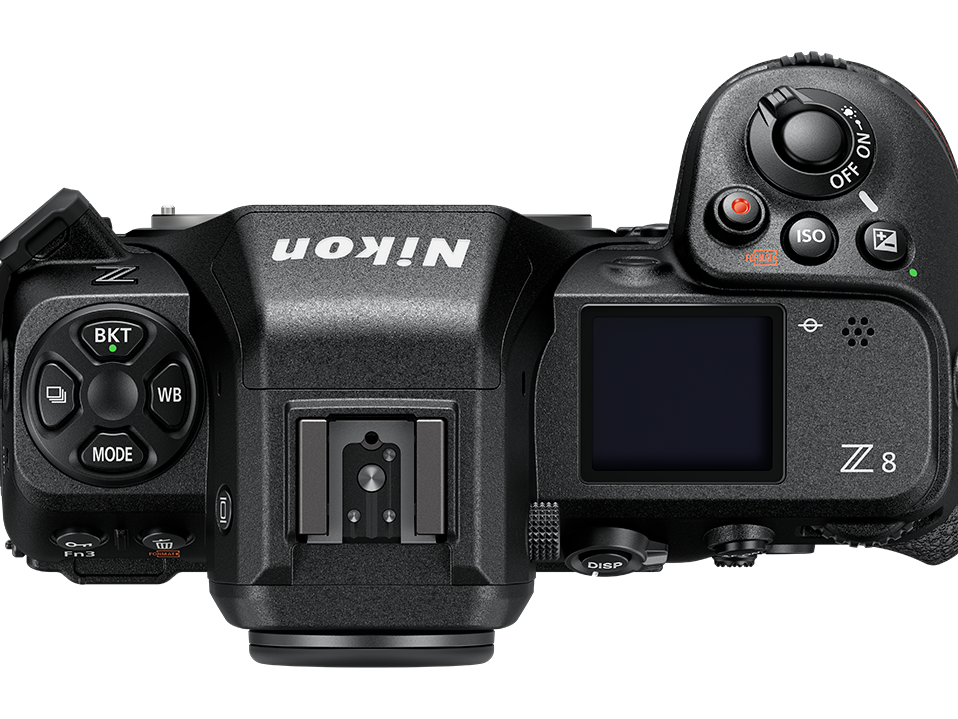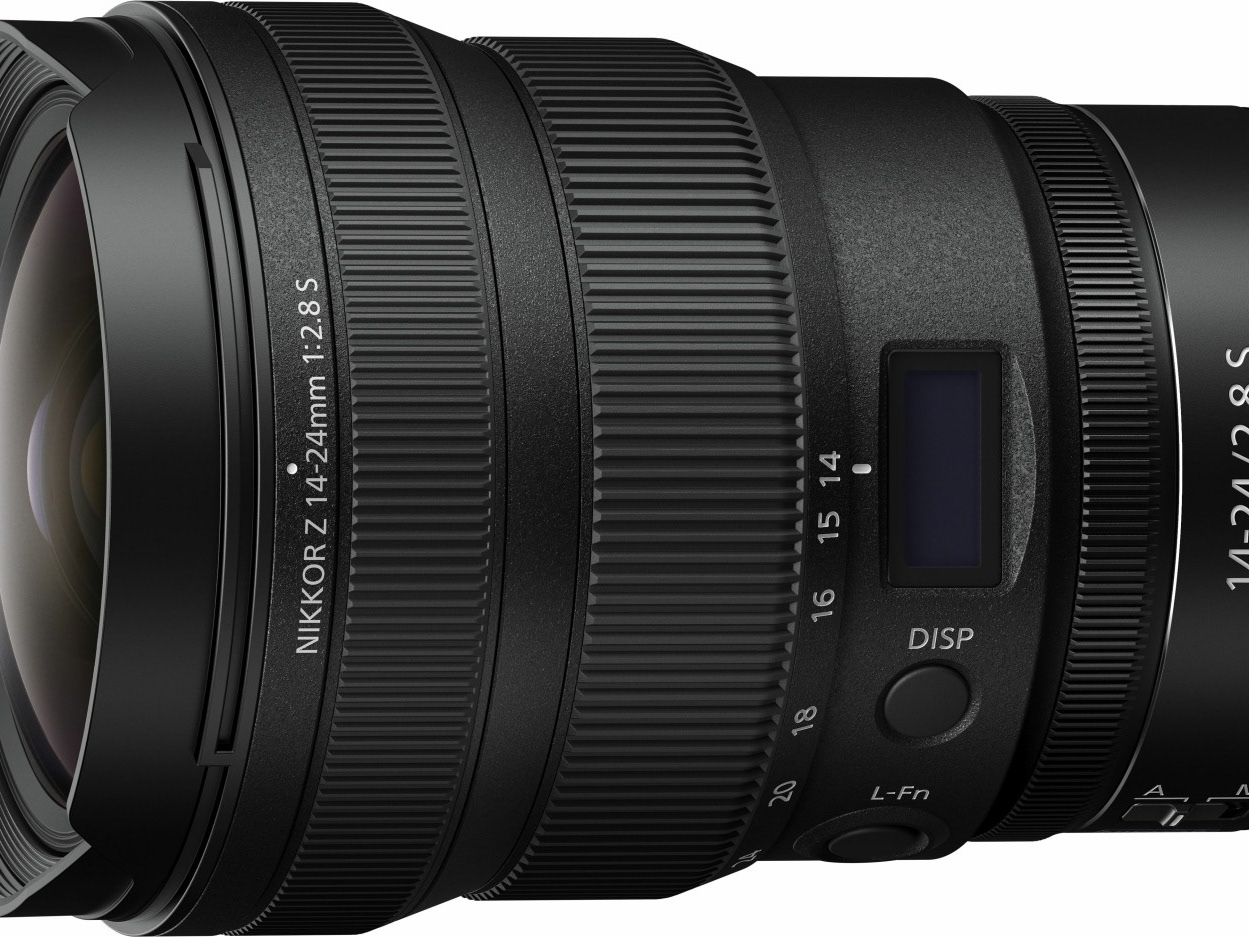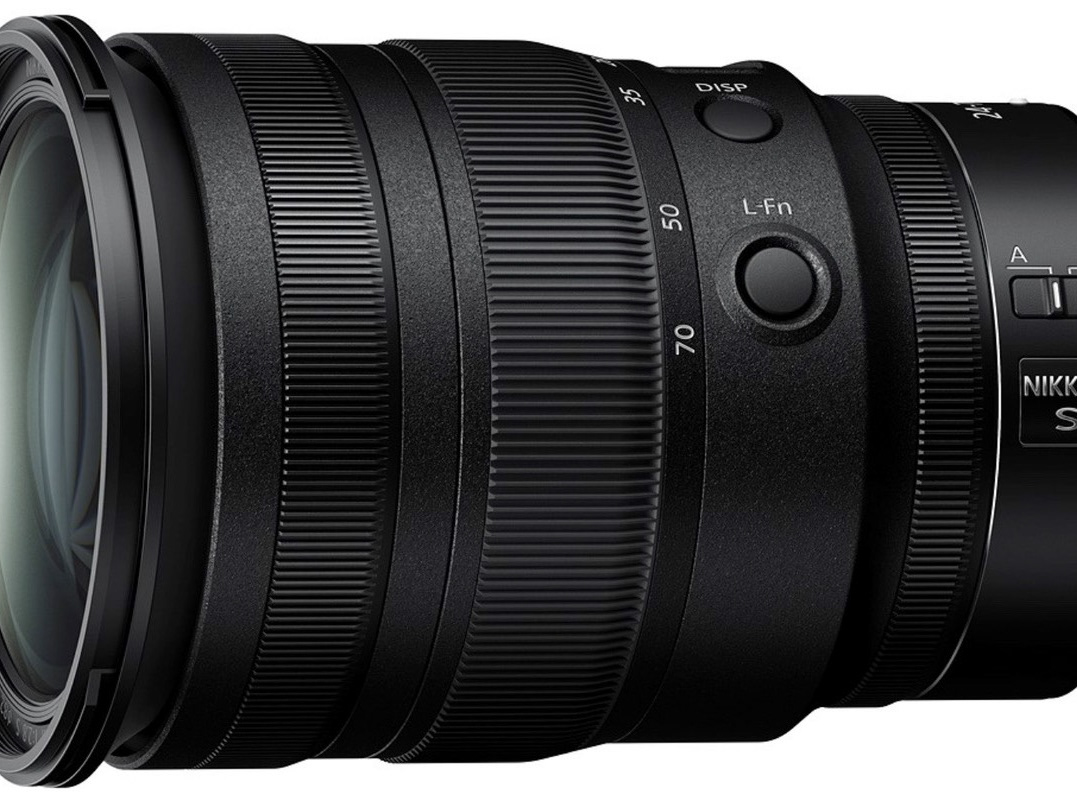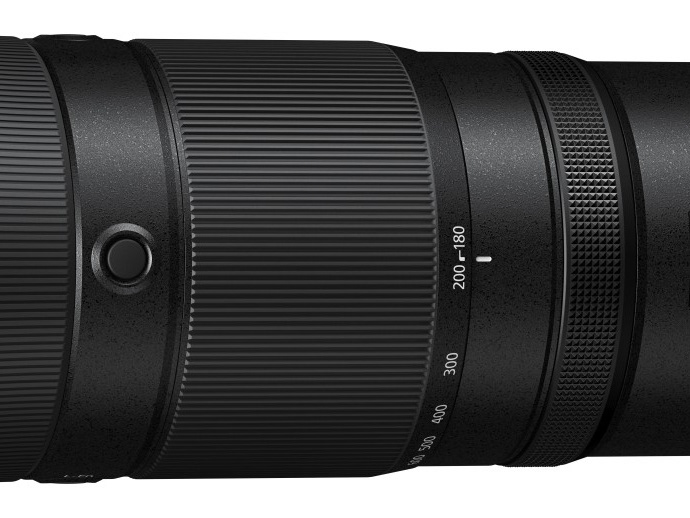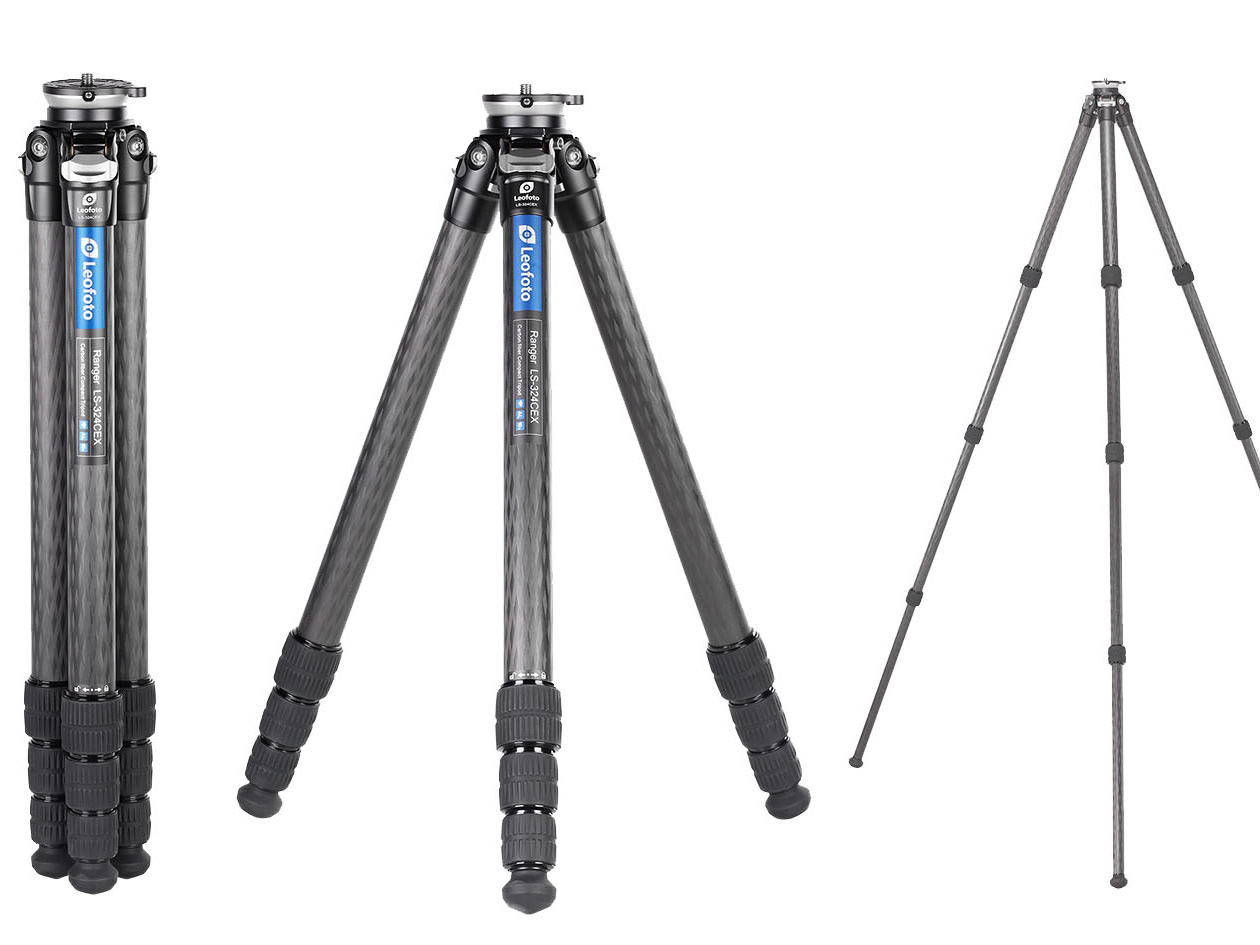As a photographer who frequently shoots wildlife, events, and portraits, the Nikon Z 70-200mm f/2.8 VR S has become a vital part of my kit. This telephoto zoom lens offers an exceptional balance of reach, speed, and optical quality, making it perfect for a wide range of situations where both flexibility and performance are critical. In this article, I’ll share my personal experiences using the Nikon Z 70-200mm f/2.8, discussing how it performs in different conditions and why it’s one of the most versatile and reliable lenses in the Z series lineup.
First Impressions and Build Quality
From the moment I first handled the Nikon Z 70-200mm f/2.8, it was clear that this lens was built to professional standards. It’s solid, well-balanced, and fully weather-sealed, which is essential for me when working outdoors in unpredictable conditions. Whether I’m shooting in rain, snow, or dusty environments, I feel confident knowing this lens can handle it all.
Despite its sturdy construction, it doesn’t feel too heavy in the field. Weighing around 1360 grams, it’s lighter than some older F-mount counterparts, and I find it surprisingly comfortable to carry for extended periods. The balance on my Nikon Z8 is excellent, and I often shoot handheld without any issues. The zoom and focus rings are smooth, with just the right amount of resistance, allowing for precise adjustments without over-rotation.
Sharpness and Image Quality
One of the standout features of the Nikon Z 70-200mm f/2.8 is its incredible sharpness. From edge to edge, across the entire zoom range, the images are razor-sharp, even when shooting wide open at f/2.8. This level of optical performance is crucial for wildlife and event photography, where capturing fine details—like the feathers of a bird or the texture of people's clothing —can make a big difference in the final image.
The color rendition is natural and rich, with excellent contrast that adds depth to images, especially in outdoor settings. Nikon’s ARNEO and Nano Crystal coatings are highly effective at reducing flare and ghosting, which I’ve noticed when shooting in harsh lighting conditions, such as backlit scenes or directly into the sun. Chromatic aberrations are almost non-existent, even in high-contrast situations, like branches against a bright sky or the edges of fast-moving subjects.
Versatility and Focal Length Range
The 70-200mm range is one of the most versatile focal lengths in photography, and this lens doesn’t disappoint. Whether I’m photographing wildlife, capturing athletes in motion, or shooting close-up portraits, the 70-200mm zoom range covers it all.
At 70mm, it’s wide enough for environmental portraits or capturing action up close. As I zoom in to 200mm, I can get tight shots of distant subjects without sacrificing detail. This is particularly important for wildlife photography, where getting close isn’t always possible. The 200mm reach combined with the sharpness of this lens allows me to crop images in post without losing critical details.
For portraits, the lens performs beautifully at both ends of the range. The 70-200mm range creates lovely background compression, especially at 135mm and beyond, giving portraits that professional, compressed look that flatters subjects and separates them from the background. The bokeh is smooth and creamy, with a pleasant background blur that isolates the subject even more, especially when shooting at f/2.8.
Autofocus Performance
The autofocus on the Nikon Z 70-200mm f/2.8 is nothing short of spectacular. It’s fast, accurate, and nearly silent thanks to Nikon’s Multi-Focus System. Whether I’m tracking a bird in flight or photographing athletes in action, the autofocus keeps up without any hesitation. I’ve found the tracking capabilities on this lens to be particularly impressive, especially when combined with the advanced autofocus system of my Z8.
The eye-detection autofocus is another game-changer, especially when shooting portraits or wildlife where you need to nail focus on the eyes. It locks onto the subject’s eyes and holds focus even as they move, ensuring that I capture the sharpest possible images in dynamic situations.
Low-Light and Image Stabilization
As a f/2.8 lens, the Nikon Z 70-200mm performs exceptionally well in low-light environments. Whether I’m shooting during the golden hour or capturing wildlife at dawn or dusk, the wide aperture lets in enough light to keep my shutter speeds fast and my ISO low. This has been particularly useful in situations where I want to freeze motion but don’t have ideal lighting.
The built-in Vibration Reduction (VR) system is also highly effective. It offers up to 5 stops of stabilization, which means I can shoot handheld at slower shutter speeds without worrying about camera shake. This feature has saved me more than once when I didn’t have a tripod or when I needed to react quickly to capture a fleeting moment.
Handling and Features
In terms of handling, the Nikon Z 70-200mm f/2.8 feels intuitive and well-designed. I appreciate the customizable control ring, which I’ve set to adjust ISO on the fly, allowing me to react quickly to changing lighting conditions without taking my eyes off the scene. The lens also features function buttons that can be programmed for different settings, adding even more flexibility to my shooting experience.
The focus breathing is minimal, which makes this lens a great option for videographers as well. Whether I’m zooming in or out during a video shoot, the framing doesn’t shift noticeably, ensuring smooth transitions between focal lengths.
Limitations
While the Nikon Z 70-200mm f/2.8 is an outstanding lens, it does come with a few minor limitations. The first is its price. As a premium lens, it’s a significant investment, but in my opinion, the performance, build quality, and versatility make it worth every penny for professionals or serious hobbyists.
Another consideration is the weight. While it’s relatively light for a 70-200mm f/2.8 lens, it’s still a telephoto zoom, which means it’s not the lightest option for travel or casual use. However, for the kind of work I do—whether it’s wildlife, events, or portraiture—the performance far outweighs any concerns about the weight.
Final Thoughts
The Nikon Z 70-200mm f/2.8 VR S is a truly exceptional lens that delivers on all fronts: sharpness, autofocus speed, low-light performance, and versatility. It has quickly become one of my most-used lenses, particularly for wildlife, events, and portrait photography. The image quality is stunning, and the ability to shoot confidently in almost any condition makes it a reliable workhorse in my kit.
If you’re looking for a telephoto zoom that can handle everything from fast action to intimate portraits with creamy bokeh, the Nikon Z 70-200mm f/2.8 is hard to beat. While it comes with a premium price tag, the investment is well worth it for anyone who values precision, durability, and top-tier performance. Whether you’re a professional photographer or a serious enthusiast, this lens will elevate your photography and prove to be an indispensable tool in your collection.
